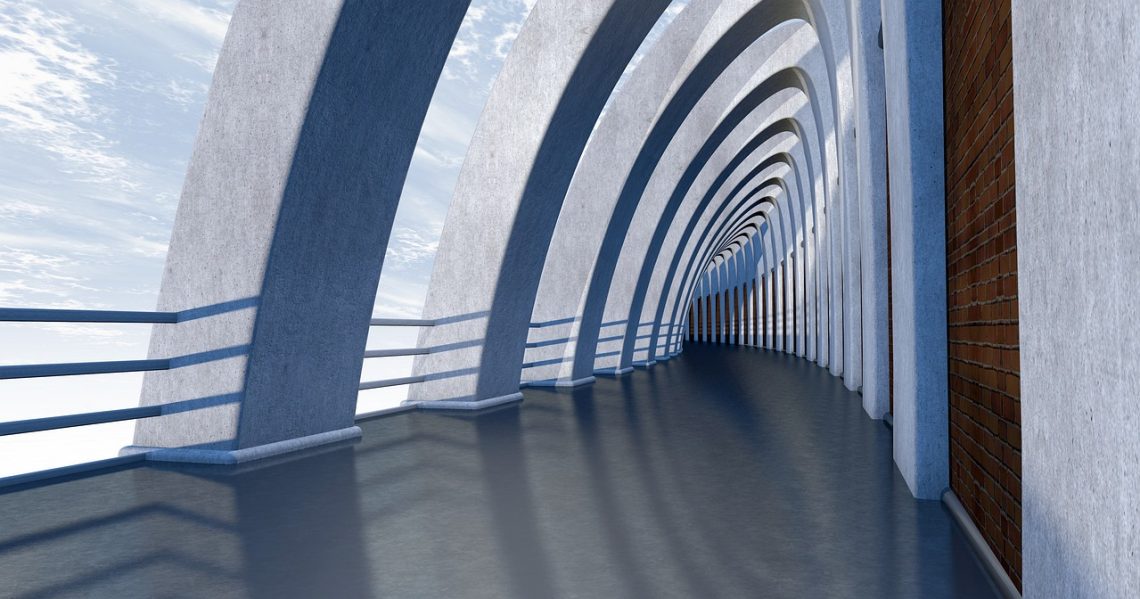From early Disney classics to the distinctive style of Japanese anime, cell animation has defined the look and feel of animated films for generations. Before digital tools became the industry standard, every frame of movement you saw on screen was meticulously drawn and painted by hand. This traditional technique, though now less common, holds a significant place in the history of animation and continues to influence artists today.
This post will explore the classic process of cell animation, discuss its unique advantages and disadvantages, and look at its place in the modern world of animation. By understanding this foundational method, you can gain a deeper appreciation for the artistry behind some of cinema’s most beloved animated works.
The Cell Animation Process
Cell animation, short for celluloid animation, is a traditional animation technique where objects are hand-painted onto transparent sheets called “cells”. Each cell represents a single frame of movement. When layered on top of a painted background and photographed in sequence, these individual drawings create the illusion of motion.
The process was painstaking and required a large team of artists to complete. Here’s a breakdown of the key steps:
Creating the Frames
Animators would start by drawing the key frames of a sequence on paper. These drawings would then be transferred onto transparent celluloid sheets. Each sheet represented a small change in movement. For a single second of film, animators often needed to create 24 individual cells.
Painting and Layering
Once the outlines were on the cells, they were passed to painters who would apply colour to the reverse side of the sheet. This was done to keep the paint from smudging and ensure the outlines remained clean and sharp. The finished cells were then carefully layered over a separately painted, static background. This layering technique allowed animators to create dynamic scenes without having to redraw the entire background for every single frame, saving significant time and effort.
The Pros and Cons of Cell Animation
Like any creative medium, cell animation has its own set of strengths and weaknesses. The choice to use it often depended on balancing artistic goals with practical limitations.
Advantages
The most significant benefit of cell animation is the artistic control it offers. Because every frame is drawn by hand, animators can infuse their work with a unique, personal style. This human touch results in a distinct aesthetic that many find warm and organic. The subtle imperfections and variations in line work give cell animation a handcrafted quality that digital tools often struggle to replicate.
Disadvantages
The most obvious drawback is the sheer amount of time and labour involved. Creating thousands of individual drawings for a single film was an immense undertaking that required a large, skilled workforce. This labour-intensive process also made cell animation very expensive. The cost of materials, including the celluloid sheets and paints, combined with the wages for a large team of artists, made it a costly production method.
Cell Animation in the Modern Age
With the rise of computer-generated imagery (CGI) and digital animation software in the late 20th century, the use of traditional cell animation has declined significantly. Digital methods offer greater efficiency, lower costs, and more flexibility, making them the preferred choice for most modern productions.
The Enduring Legacy of an Art Form
Cell animation revolutionised the animation industry and laid the groundwork for the animated films we enjoy today. While technology has moved on, the principles of storytelling, character, and movement that were perfected during its heyday remain fundamental to all forms of animation. Its legacy lives on not just in the classic films it produced, but also in the continued influence it has on contemporary artists who draw inspiration from its rich history and timeless appeal.




